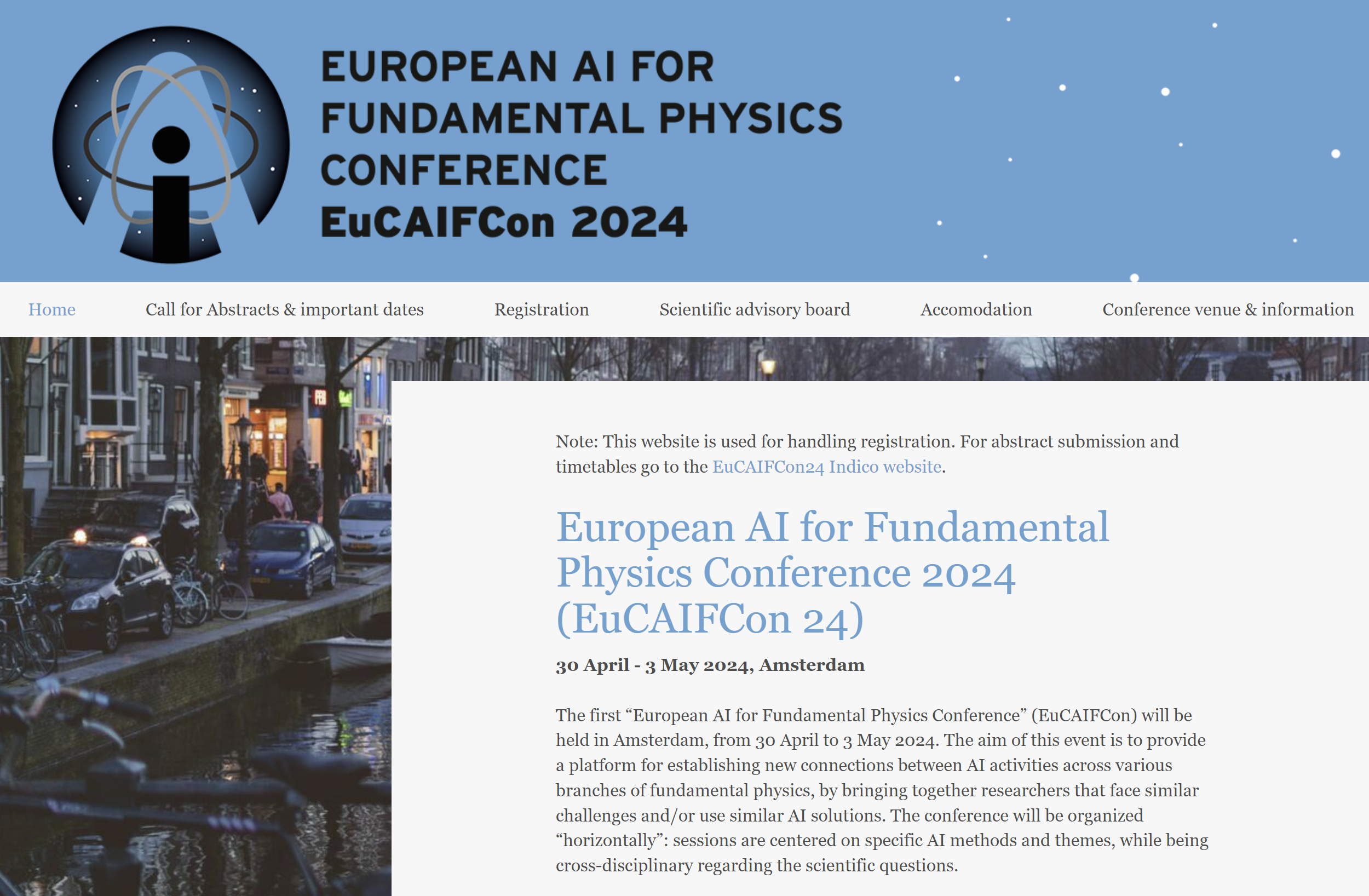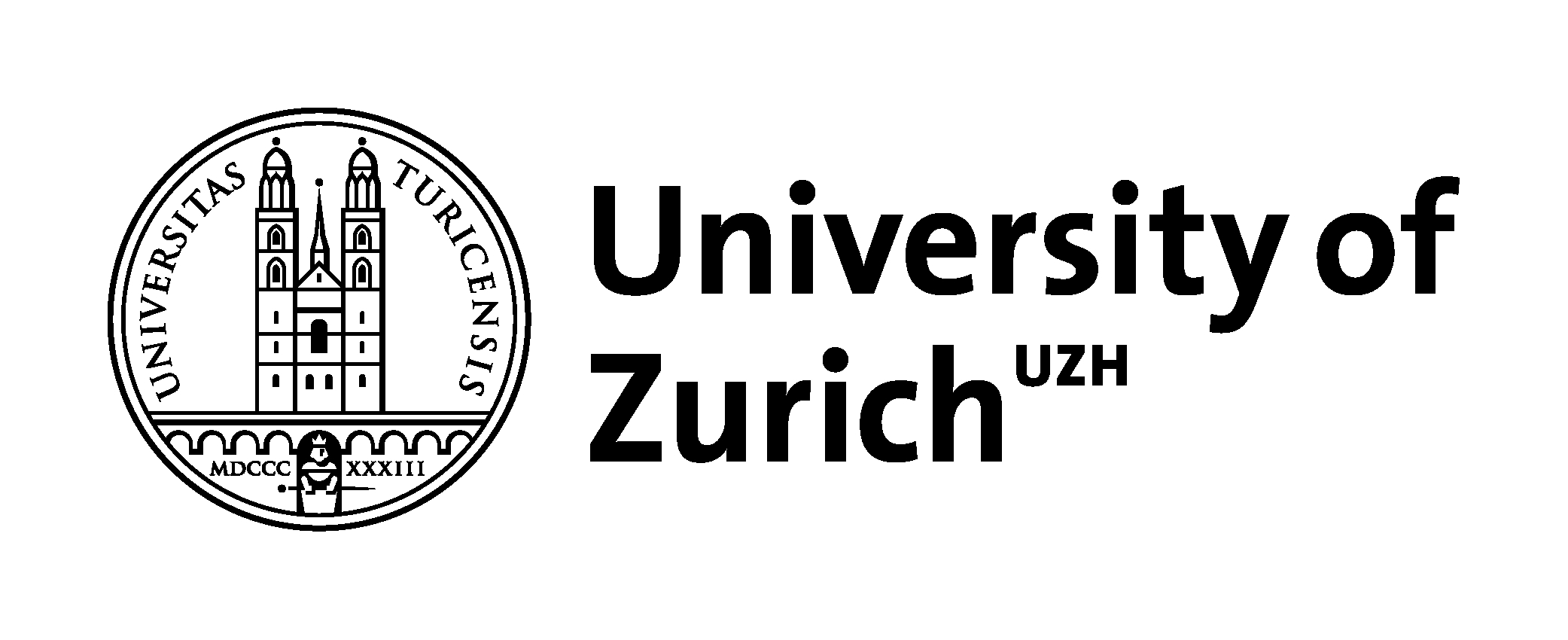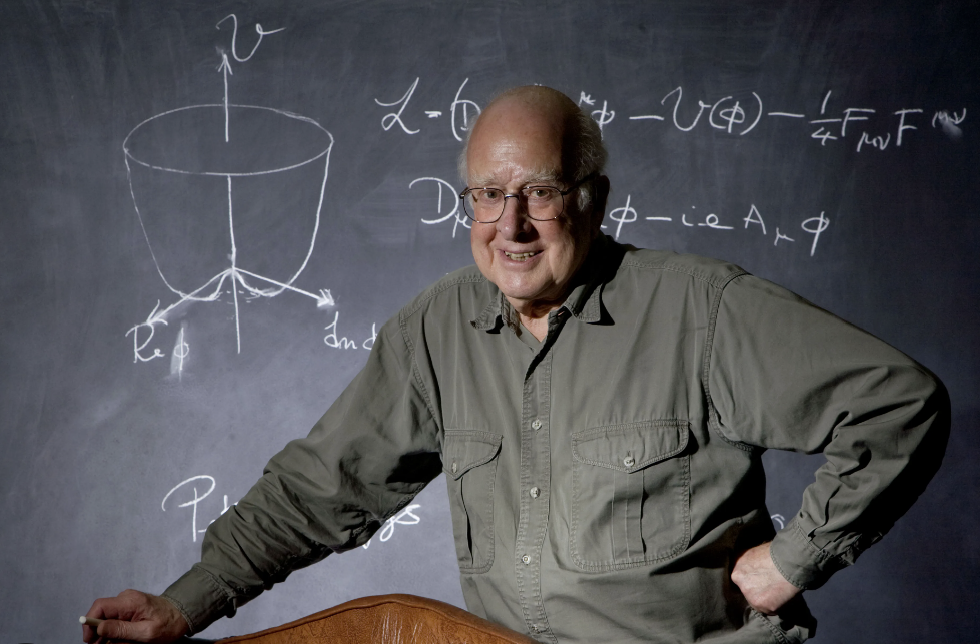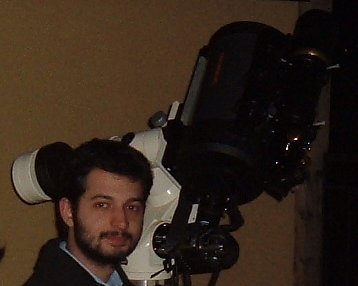I just read a
very nice article by Nature's Zeeya Merali, and I thought I would link it from this blog. It discusses in detail several aspects of the sociology of the very large communities of particle physics experiments taking place at CERN.
The CDF Collaboration blessed yesterday afternoon the results of a search for massive Gravitons decaying into pairs of Z bosons. And it is a startling new result!
Usually after a blessing (which is the result of a collaboration-wide presentation when the analysis is given a final scrutiny) the results are not immediately made public: this non-written rule has the purpose of allowing the analysis authors to be the first to present the results at a conference or other public event. But the rule written in the CDF bylaws, on the other hand, say that after a blessing the result is public, so for this time I will stick to the written one, and fair play be darned this time... The chances to announce what might be the first evidence of gravitons is too appealing!
The formulation of a fun physics problem with practical -and pleasant- applications occurred to me yesterday. I am currently spending a week in Madrid with my family, and we have chosen a very nice hotel in the suburbs, sacrificing travel time to the center for comfort. Among other things, the hotel offers a nice pool with several water jets along the sides. These are meant to allow you to swim against the water stream, so that you keep the same position as you push yourself against the stream.
We are on. This afternoon just after 1PM the LHC beams have started to produce proton-proton collisions in the heart of the experiments, at the never-before achieved energy of 7 TeV.
It was a long journey to get here -the project is twenty years old- but this is just the start of a new, more exciting one: In the course of the next two years, the Large Hadron Collider will gradually increase its power, allowing the CMS and ATLAS detectors to collect enough data to significantly extend into discovery territory.
"Berlusconi at times has some remorses, but then he thinks at how rich he is and he feels fine again".
Daniele Luttazzi
 Move Over - The Talk I Will Not Give
Move Over - The Talk I Will Not Give Shaping The Future Of AI For Fundamental Physics
Shaping The Future Of AI For Fundamental Physics On Rating Universities
On Rating Universities Goodbye Peter Higgs, And Thanks For The Boson
Goodbye Peter Higgs, And Thanks For The Boson







 Marco Silva (right) is an amateur astronomer since the 1997 Hale-Bopp comet passage. He is also an amateur scientist. His studies can be found
Marco Silva (right) is an amateur astronomer since the 1997 Hale-Bopp comet passage. He is also an amateur scientist. His studies can be found 

